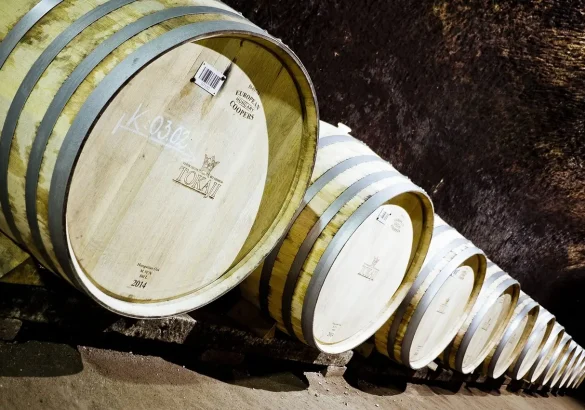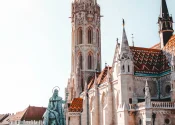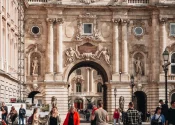
Everything worth seeing
Recharge with experiences
Life happens, so we give you the option to cancel a day before and get a full refund of your tickets.
Our Most Popular Offers
Browse by categories
Discover amazing places with us










